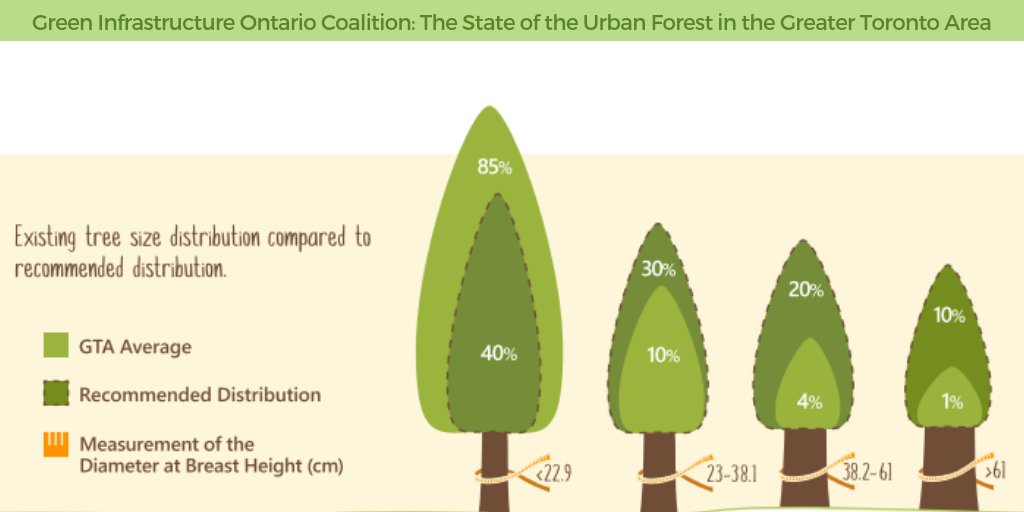Indicators It's Time For Tree Elimination: How To Determine Unsafe Trees
Indicators It's Time For Tree Elimination: How To Determine Unsafe Trees
Blog Article
Short Article Writer-Vogel Connell
When it pertains to tree treatment, identifying the indicators that it's time for elimination is important for your safety and residential or commercial property. You may see stained leaves, wilting branches, or odd fungal developments showing health issue. Architectural issues, like a substantial lean or splits in the trunk, can likewise pose threats. Understanding these indication can assist you make educated decisions about your trees and avoid possible risks prowling in your lawn. What should you try to find following?
Signs of Degeneration and Disease
When you discover indicators of degeneration and illness in your trees, it's essential to act rapidly. Try to find blemished fallen leaves, wilting branches, or unusual growths like fungi. These can indicate that your tree is struggling.
If you see cracks in the bark or soft, mushy timber, these signs recommend inner degeneration. Additionally, a sudden increase in bugs around your tree can signal that it's compromised and susceptible.
Check for any type of dead or dying arm or legs, as they present a threat to your property and security. If you doubt regarding what you see, seeking advice from an arborist can provide clarity.
Addressing these signs early can save you from more considerable damages and guarantee the wellness of your yard. Don't wait till it's too late.
Structural Instability and Leaning
As you observe your trees, keep an eye out for any indicators of structural instability or leaning. If a tree leans considerably, it might show that the root system is endangered.
Look for any cracks in the trunk or dirt around the base; these can indicate prospective failing. Furthermore, check for unusual development patterns, like a lopsided crown, which may suggest that the tree is struggling to hold itself upright.
If you observe that the tree favors your home, high-voltage line, or other frameworks, it poses a better threat. Do not overlook these signs-- seek advice from an arborist to analyze the situation.
Acting early can protect against costly damage and ensure your security.
Dead or Dying Branches and Vegetation
If you see dead or dying branches and foliage on your tree, it's a clear sign that something's wrong.
These unhealthy locations can suggest underlying issues like condition, bug infestations, or environmental stress and anxiety. When branches lose their fallen leaves or turn brownish, they're no longer contributing to the tree's health. Ignoring these signs might result in additional decline, making your tree more unsafe.
Dead branches can quickly break off throughout tornados, presenting a threat to home and people close by. https://www.southernliving.com/garden/flowers/strawberry-sundae-hydrangea to assess the degree of the damage.
If the problem influences a significant part of the tree, think about getting in touch with a specialist. Tree Trimming Accidents can help establish if removal is required to ensure safety and security and maintain the beauty of your landscape.
Verdict
If you see any kind of indications of decay, structural instability, or dead branches on your trees, don't disregard them. These signs can position serious safety threats to you and your building. It's constantly best to get in touch with a professional arborist that can offer a specialist assessment of your trees. Taking action early can stop crashes and expensive damages, guaranteeing your landscape stays secure and healthy. Bear in mind, it's far better to be positive regarding tree care than to wait on a catastrophe to occur.
